5 Animals that Feed on Blood
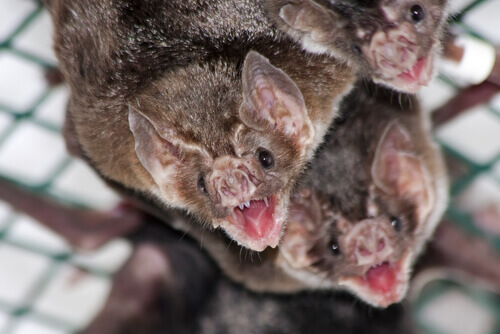
Animals that feed on blood are known as hematophagous. And, although they’re not abundant on the planet, they’re worth highlighting. Some are surrounded by legends, others harass our pets, and still others transmit diseases. Learn about them in this article.
What blood-sucking animals exist?
Most animals that feed on blood are parasitic and small in size. It’s worth noting that hematophagous creatures are often transmitters of infectious diseases, such as malaria, Chagas disease, leishmaniasis, yellow fever, and chikungunya. Among these species we find:
1. The vampire bat
All species of vampire bats (common, hairy-legged, and white-winged) are native to Latin America and can be found mainly in Mexico, Brazil, Argentina, and Chile. They feed on blood, unlike the others of their genus, which may consume fruits or insects.
Vampire bats – which appear in our title image – have a short snout, a nose with thermoreceptors to perceive the infrared radiation of prey, small ears, and special front teeth for cutting skin.
Their digestive system has adapted to a warm, liquid diet, and their saliva prevents the blood they ingest from clotting. They only hunt at night and attack directly in the hairless area. They’re the most agile of all bats.
2. Ticks
This is another animal that feeds on blood and is a vector of infectious diseases, including typhus or Lyme disease. Ticks are mites that attack mammals such as dogs, cats, and humans.
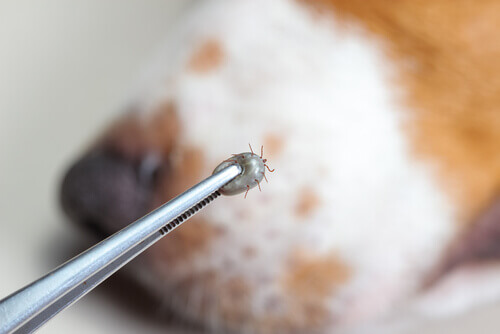
Their body is composed of two parts: a mouth part and a thorax. They have eight legs – four on each side – which are very sensitive. Once attached to the host, they pierce its skin and suck blood after having anchored themselves with all their limbs. The ‘saliva’ they produce while feeding can cause skin diseases.
3. Mosquitos
Only the females of these insects of the order Diptera bite and feed on blood. Their mouth consists of a kind of sharp proboscis to pierce the skin of mammals and suck out plasma. Their saliva acts as an anticoagulant and causes irritation or swelling in those who are bitten.
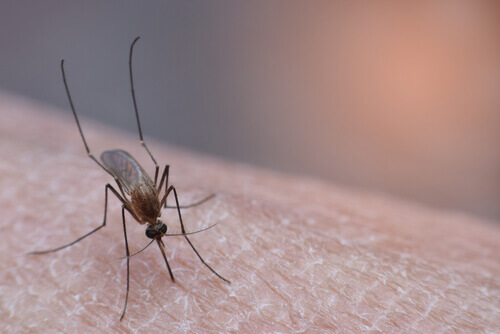
Female mosquitoes need blood in order to begin their reproductive cycle and lay eggs in an aquatic environment such as a swamp, a bucket of water, or a lake. Their bites transmit diseases such as Nile fever or Dengue fever.
4. Flea
Fleas are also creatures that feed on blood, within the group of parasites, which mainly affect our pets (and, in some cases, people). Among their outstanding characteristics, we can mention that they can jump several times their size thanks to their long hind legs that work like a spring.
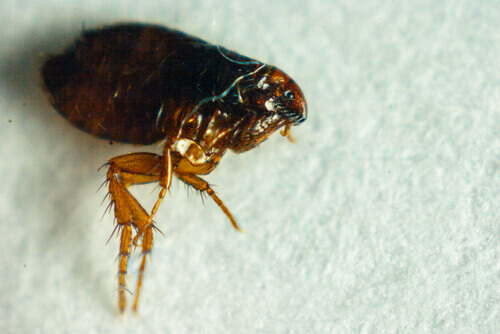
Although, in many cases, the presence of fleas is only a nuisance for the host, their bite can cause diseases such as black plague, typhus, or tapeworms. This small wingless insect, no more than four millimeters long, is brown or black in color, its body is covered with spines, and it moves easily between hair, skin, and feathers.
5. Louse
Finally, we have to talk about the ever-so-famous louse, which is so common among children. They live on the heads of humans – as well as other mammals and birds – and feed on their blood. The eggs are called nits and attach themselves to the host’s hair.
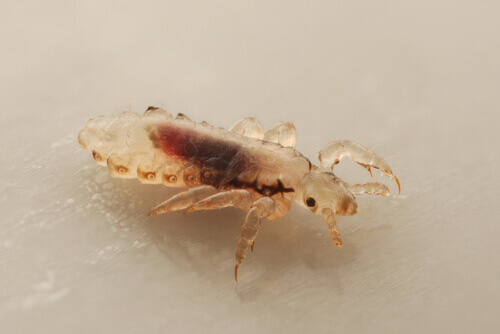
Lice spend their entire life cycle on their host and move on foot; they measure a maximum of eight millimeters and are brown in color. Their body ‘swells’ as they eat and, in some cases, the blood they have ingested can be seen, as with mosquitoes.